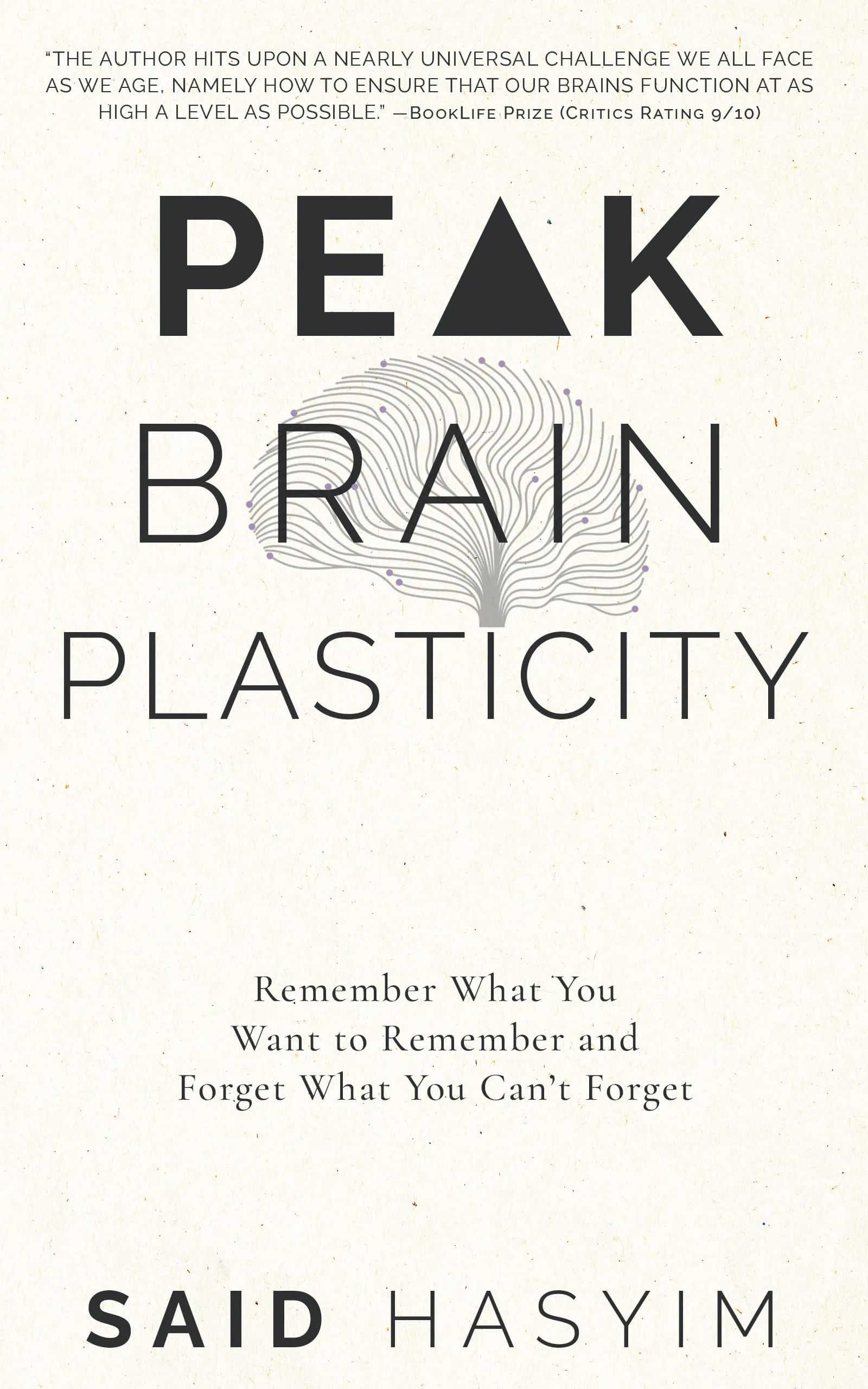How Chaining Can Help You Remember Information
In our fast-paced world filled with information overload, finding effective methods to enhance our memory is vital. Whether you’re a student cramming for exams, a professional learning new skills, or someone simply trying to remember important life details, memory techniques can be your best allies. One such method, known as chaining, has proven to be both practical and effective in boosting memory retention. In this blog post, we will explore what chaining is, how it works, and practical steps you can take to utilize this technique to remember information better.
What is Chaining?
Chaining is a mnemonic technique that involves connecting a series of items or concepts into a narrative or sequence. By forming mental links between the items, the brain finds it easier to retrieve the information later. This method is particularly effective due to the way our brains process and recall interconnected information. Instead of treating items as isolated facts, chaining helps create a cohesive and engaging story, making it easier to remember.
The Science Behind Chaining
Memory relies heavily on associations. When we learn new information, our brains constantly create connections between new data and what we already know. Chaining takes advantage of this natural process by transforming a list of unrelated items into a meaningful sequence. Studies have shown that the brain is more likely to remember information that is structured and linked in some way rather than isolated facts.
Why Chaining Works
Storytelling: Humans have communicated through storytelling for millennia. Our brains are wired to remember stories more effectively than disconnected bits of information. Chaining allows you to create a narrative that encapsulates the information in a memorable way.
Visualization: As you create links within a chain, you often visualize the items in your mind. Visualization is a powerful memory technique; the more vivid and imaginative the visuals, the stronger the memory.
Contextual Clues: Each link in a chain serves as a contextual clue for recalling the next item. This connection aids retrieval because recalling one piece of the chain can trigger the memory of the next.
How to Use Chaining Effectively
To harness the power of chaining for memory improvement, follow these practical steps:
Step 1: Identify Your Material
Begin by determining the information you need to remember. This could include a sequence of events, a list of items, or concepts from a subject you’re studying. For example, if you need to remember a list of grocery items, jot them down.
Step 2: Create Associations
Next, create a mental image or scenario that links the items together. You can use humor, exaggeration, or emotion to make the connections stronger. For example, if you need to remember eggs, milk, and bread, you might imagine a giant egg that hatches into a chicken that splashes milk everywhere while running around with a loaf of bread.
Step 3: Build Your Chain
Once you have your associations, construct your chain. Start with the first item and create a vivid picture or story that incorporates the next item in the sequence. Continue linking items until all have been connected. If we continue with the grocery example:
- Eggs (a giant egg bursts open)
- Milk (the chicken splashes milk in the air)
- Bread (the chicken runs away with a piece of bread in its beak)
Step 4: Practice Recall
To reinforce the memory chain, practice recalling the items. Start with the first item and see if you can retrieve the next items in order. Don’t hesitate to visualize the story you created. With repetition, the chain will become easier to recall.
Step 5: Apply and Adapt
Chaining can be applied to various contexts, so don’t hesitate to adapt the technique as needed. You can use it for academic subjects, learning speeches, or even memorizing names. Always be on the lookout for new ways to incorporate chaining into your learning processes.
Tips for Success
- Make It Fun: The more engaging and entertaining your story or visualization is, the easier it will be to remember.
- Use Humor and Exaggeration: Sometimes, the wackier the image, the better the recall. Don't be afraid to be a little silly!
- Be Creative: Tailor the chaining technique to suit your interests and experiences. The more personal the connections, the more impactful they will be.
- Utilize Repetition: Practice recalling your chains regularly to reinforce the memory over time.
Conclusion
Chaining represents a powerful mnemonic strategy that can enhance your ability to remember various types of information. By creating interconnected stories, you not only facilitate easier recall but also make learning much more enjoyable.
As you continue to explore this technique, remember that practice makes perfect. The more you apply chaining in your daily life, the easier it will become to retrieve information when you need it most. So next time you find yourself struggling to remember a list or sequence, engage your imagination, and let the art of chaining illuminate your path to better memory retention!
Harness the Power of Neuroplasticity
Discover Peak Brain Plasticity, a practical book to harnessing neuroplasticity. Enhance your memory, learn new languages quickly, and alleviate anxiety with effective study methods. Uncover daily habits that impact cognitive health and explore techniques for accelerated learning and memory retention. Unlock your brain's potential for growth and transformation.
